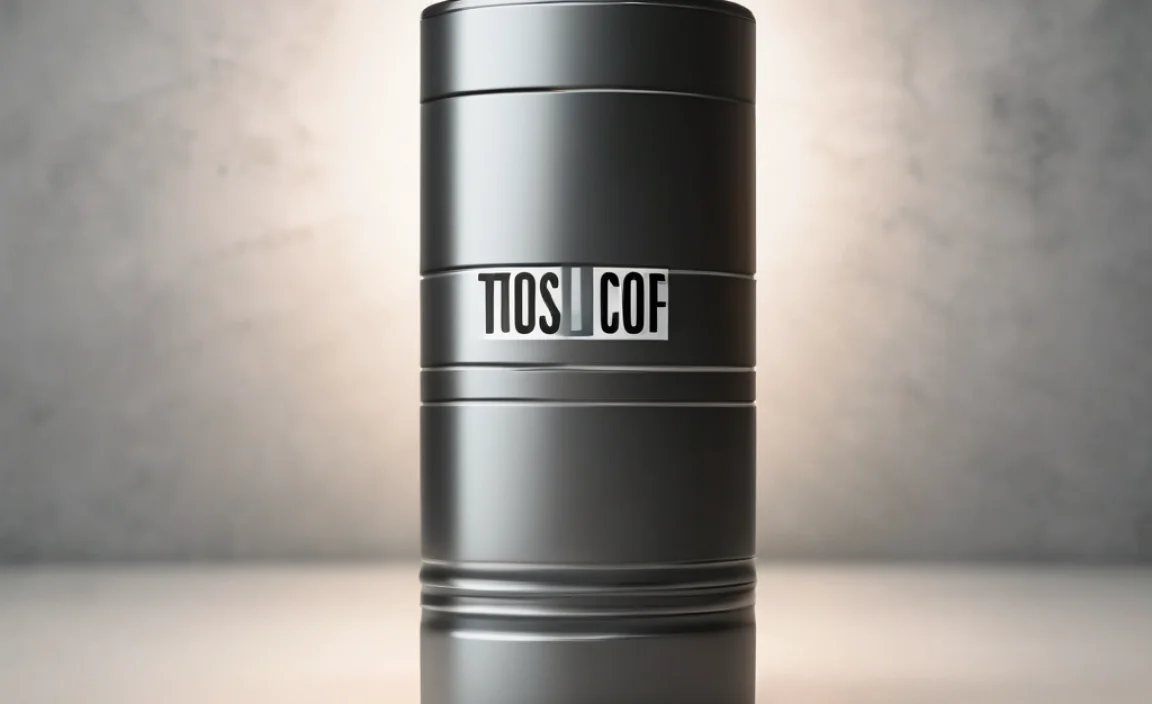Battery Backup for Reef Tank: Essential Power Now
The pulsating life within your meticulously crafted reef tank is a testament to your dedication and passion. From the vibrant corals to the darting fish, each inhabitant relies on a delicate balance of conditions, and foremost among these is a stable, uninterrupted power supply. This is where the concept of a battery backup for reef tank transitions from a mere convenience to an absolute essential. Imagine the devastating consequences of a power outage: filtration systems cease, heaters fail, and the precious oxygenation provided by powerheads dwindles, all leading to a rapid decline in water quality and potentially the loss of your entire aquatic ecosystem. Investing in a reliable battery backup system is not just about protecting your investment; it’s about safeguarding the lives you’ve so carefully curated.
The reef aquarium hobby is inherently complex, demanding constant attention to a multitude of parameters. Salinity, temperature, pH, alkalinity, and calcium levels all play crucial roles, and any disruption can have cascading negative effects. When the lights go out, so does the vital circulation that keeps these parameters in check. Without the constant flow of water, detritus can settle, oxygen levels drop, and the beneficial bacteria colonies that form the backbone of your tank’s health can suffer. Furthermore, temperature fluctuations, especially during extreme weather events, can be fatal. A heater losing power can plunge the water temperature too low, while a Chiller failing in warm weather can lead to dangerously high temperatures, both equally catastrophic. This is where the proactive measure of a battery backup for reef tank becomes your silent guardian.
Understanding How a Battery Backup for Reef Tank Works
At its core, a battery backup system for your reef tank operates on a simple yet effective principle: to provide power to critical equipment when the main electricity supply fails. These systems typically consist of a substantial deep-cycle battery (or a series of batteries), a sophisticated power inverter, and a transfer switch. The inverter’s role is to convert the direct current (DC) power stored in the batteries into the alternating current (AC) power that most aquarium equipment uses. The transfer switch is the intelligent component; it continuously monitors the incoming AC power from the grid. When it detects a disruption, it automatically and instantaneously switches the power source to the battery bank, seamlessly powering your essential equipment without any noticeable downtime for your tank inhabitants. The beauty of these systems lies in their automation – minimal intervention is required from the aquarist, allowing you to breathe easier knowing your tank is protected.
The duration for which a battery backup can sustain your reef tank depends on several factors, primarily the capacity of the battery bank and the power draw of the equipment it’s connected to. Larger, more powerful battery systems can provide hours, even days, of backup power. This allows ample time for the grid power to be restored or for you to implement manual measures. When selecting a system, it’s crucial to calculate the total wattage of your essential equipment – typically your primary filtration pumps, powerheads for circulation, and perhaps a small heater or temperature controller. This wattage will dictate the size and type of battery and inverter you’ll need to ensure adequate runtime. Understanding these technical aspects is key to choosing a battery backup for reef tank solution that meets your specific needs.
Key Components of a Reliable Reef Tank Battery Backup
When considering a battery backup for reef tank, you’re essentially looking at a package designed for reliability and longevity. The heart of any such system is the battery itself. Deep-cycle marine or RV batteries are generally preferred because they are designed to be discharged and recharged repeatedly without significant degradation, a stark contrast to car batteries which are designed for short bursts of high power. Lead-acid batteries are a common and cost-effective option, but lithium-ion batteries are gaining popularity due to their longer lifespan, lighter weight, and higher energy density, although they often come with a higher initial cost.
The inverter is another critical component. It must be powerful enough to handle the combined startup surge of your equipment (which can be significantly higher than their running wattage) and capable of producing a stable sine wave output, which is essential for sensitive electronic equipment commonly found in reef tanks. A pure sine wave inverter is generally recommended over a modified sine wave inverter for this reason. Finally, the transfer switch ensures a smooth transition between grid power and battery power. Automatic transfer switches are highly desirable as they eliminate the need for manual intervention during an outage, providing immediate and uninterrupted power to your reef tank. Some advanced systems may also incorporate battery management systems (BMS) to protect the batteries from overcharging, over-discharging, and extreme temperatures, further extending their lifespan and ensuring optimal performance.
Protecting Your Investment and Your Lives
The financial investment in a sophisticated reef tank setup can be substantial. Corals, exotic fish, specialized lighting, and filtration systems all add up. A prolonged power outage can not only lead to the loss of these expensive inhabitants but also necessitate the costly repurchase of established corals and livestock that are difficult to replace. Beyond the monetary aspect, however, lies the emotional toll. Many aquarists develop deep bonds with their tank inhabitants, and the thought of losing them due to an unforeseen electrical failure is a source of significant anxiety. A battery backup for reef tank offers peace of mind, knowing that you have a robust safeguard in place to mitigate these risks. It allows you to enjoy your hobby without the constant underlying fear of what a simple power flicker could unleash. In essence, it’s not just about preserving your hobby; it’s about preserving the thriving miniature world you have worked so hard to create.


